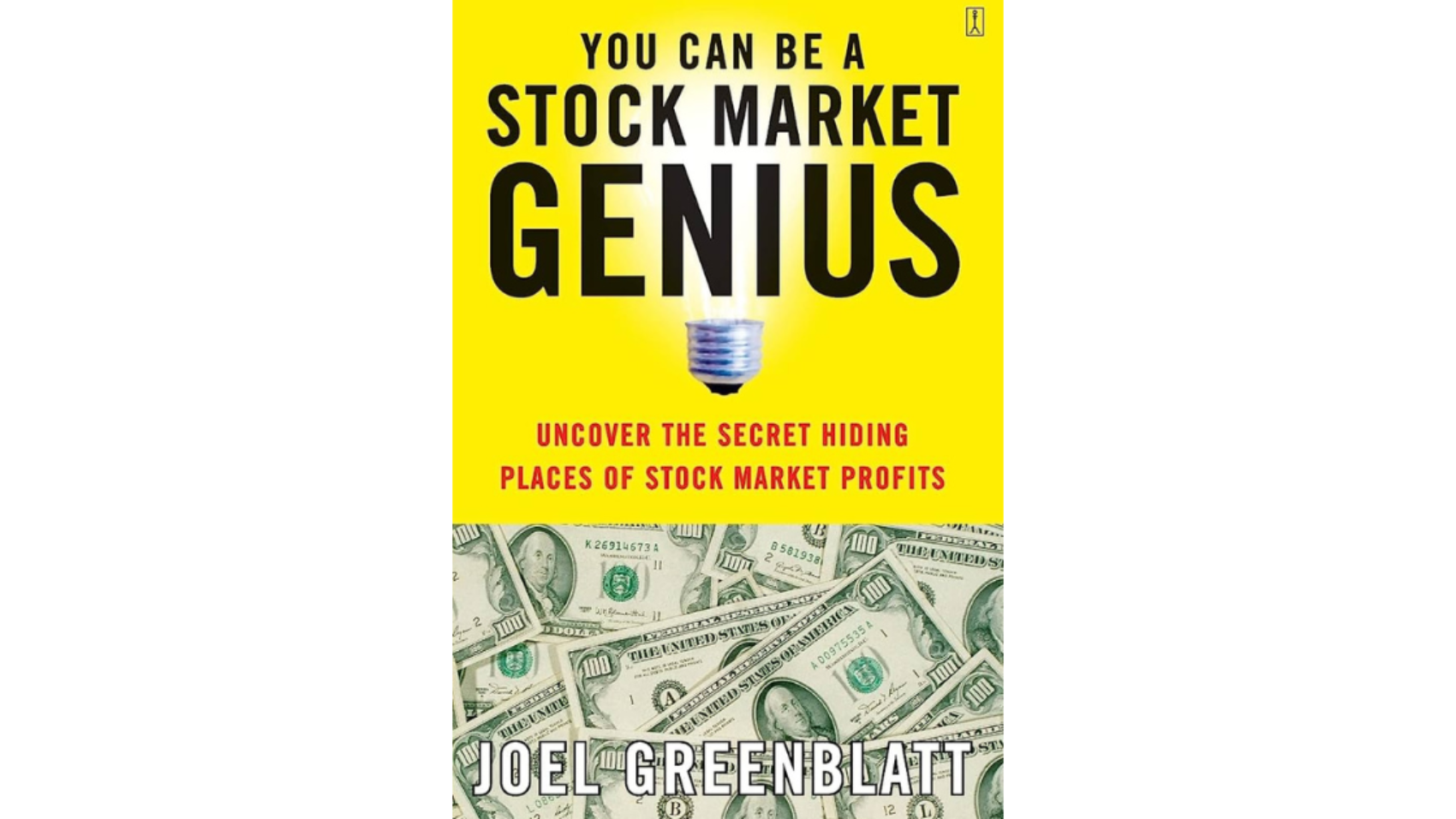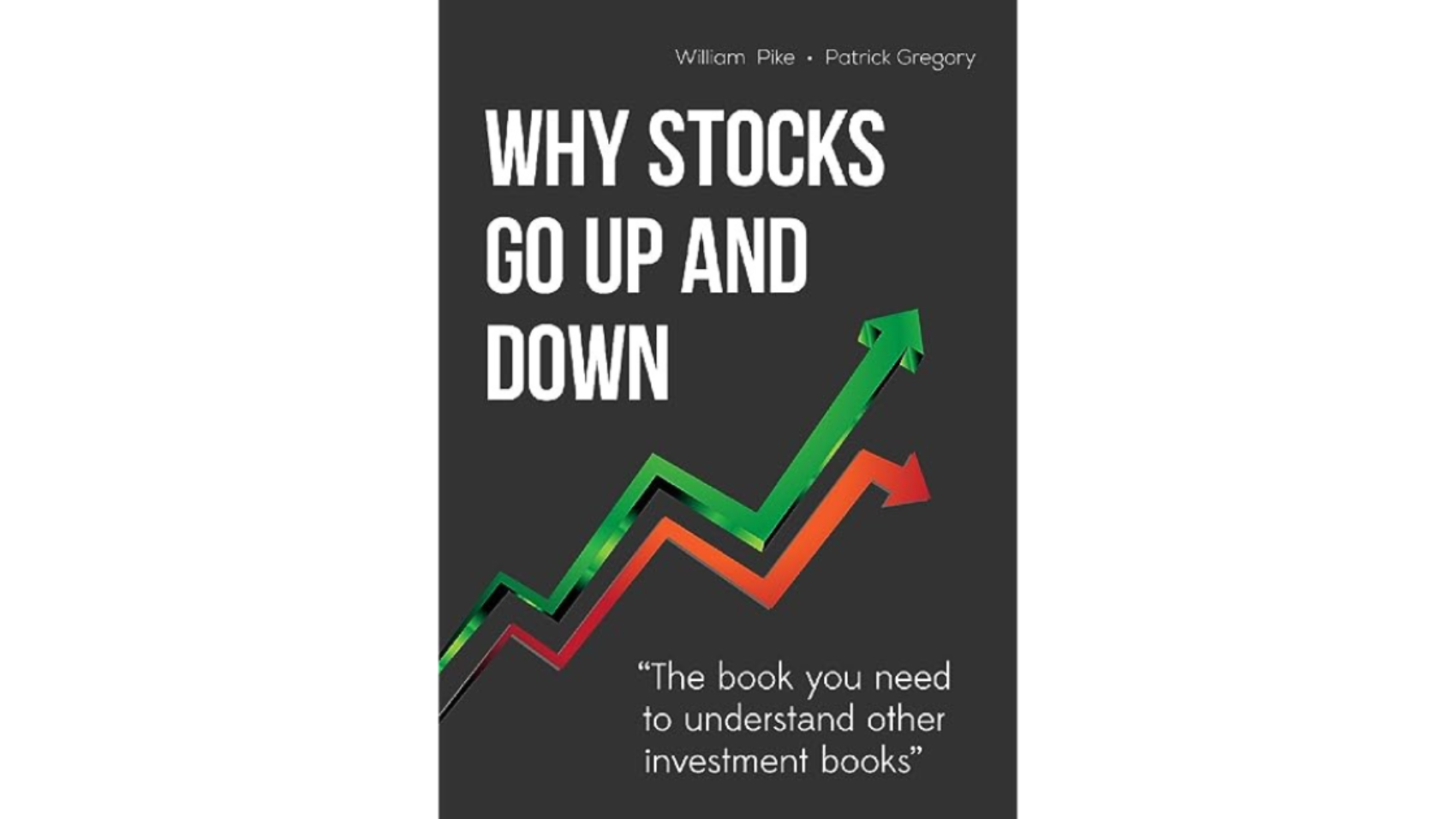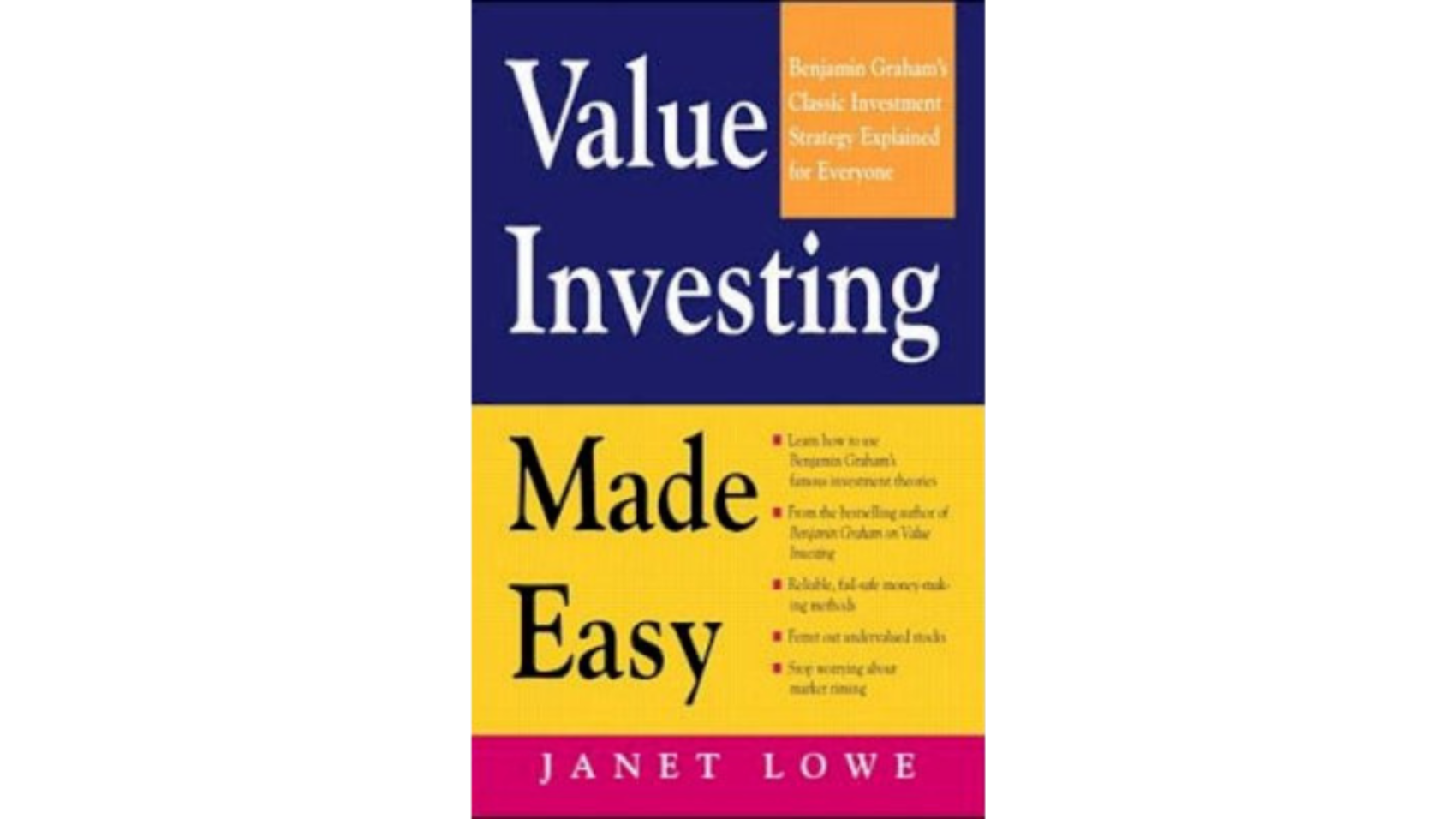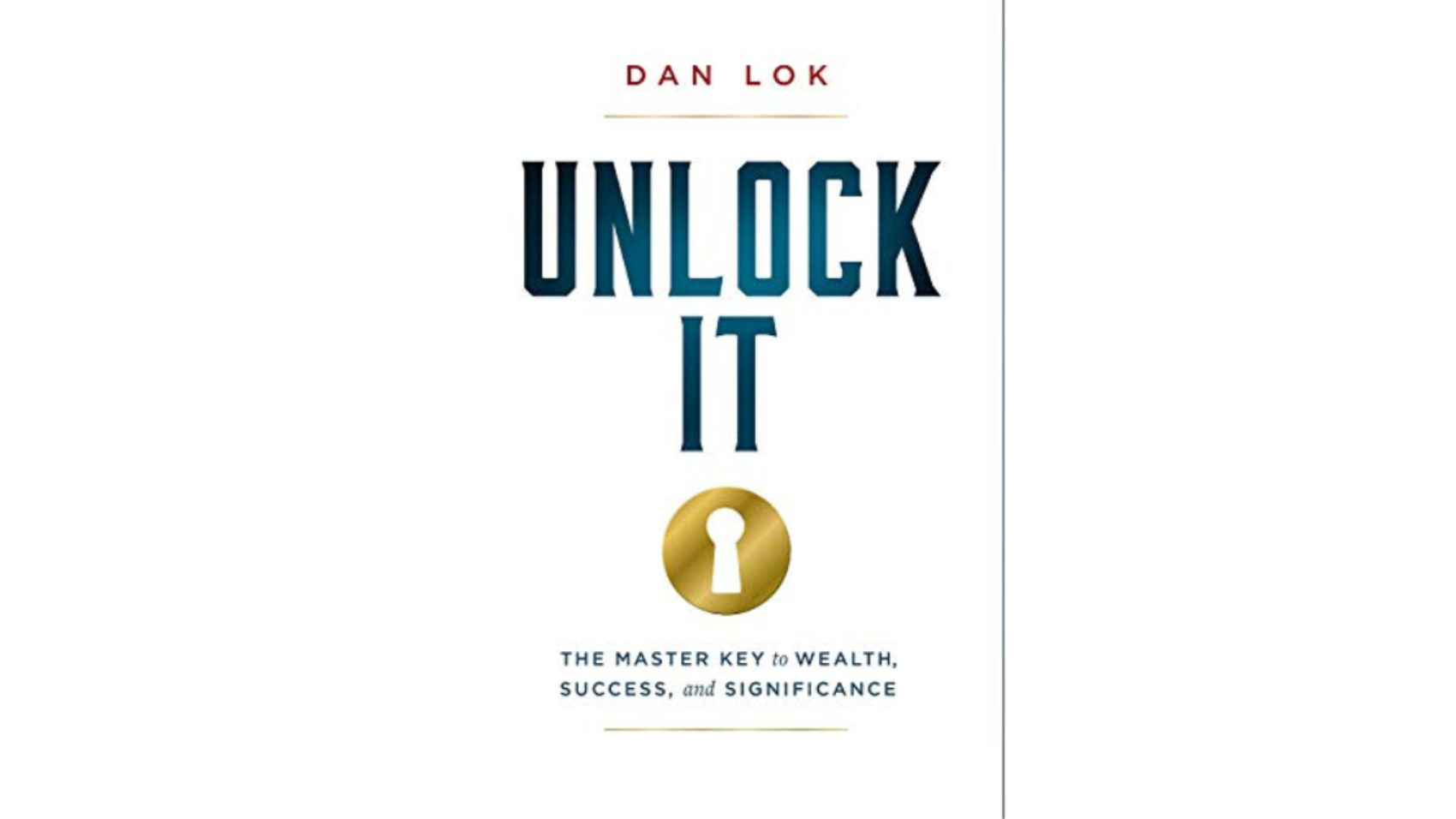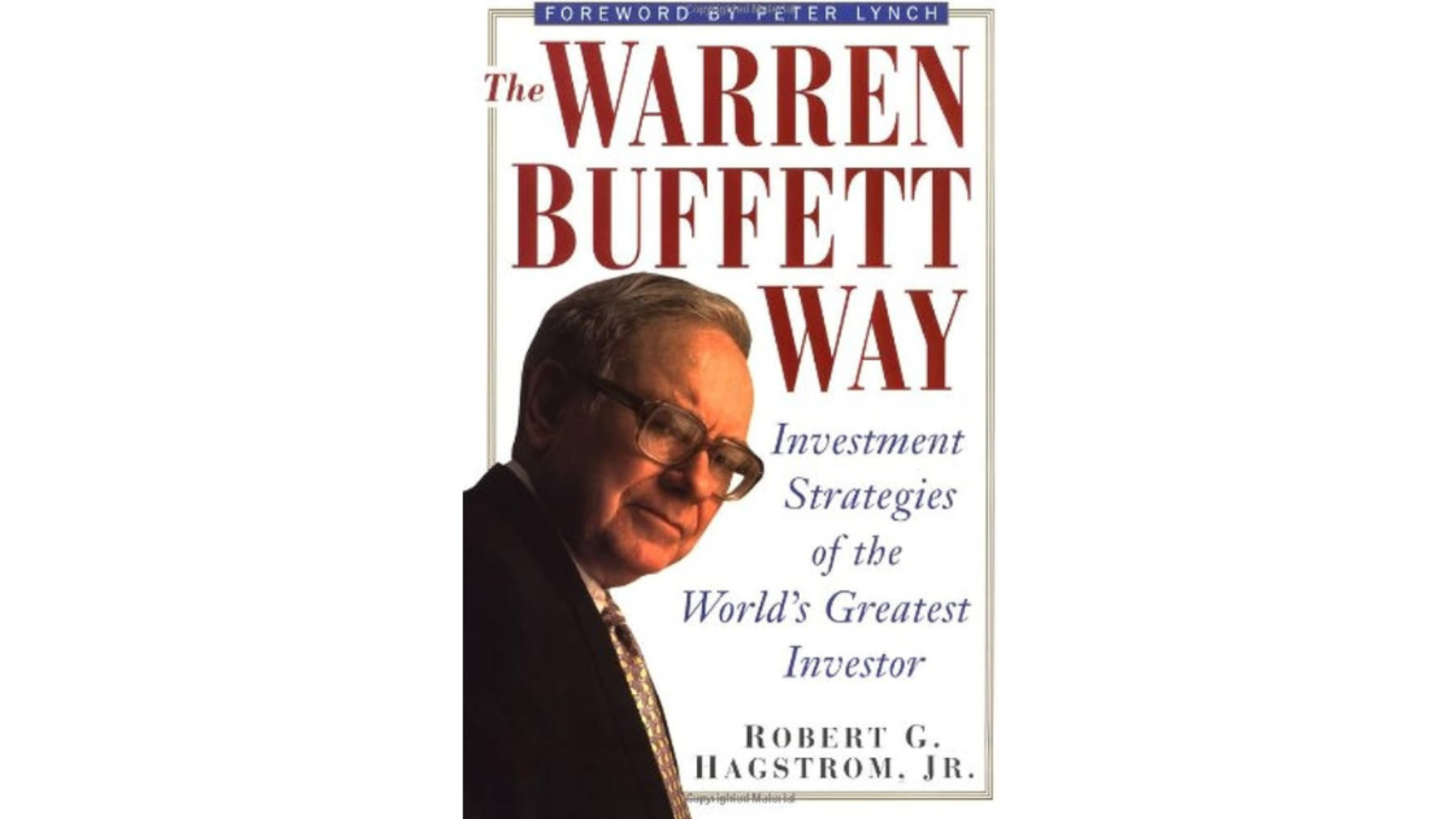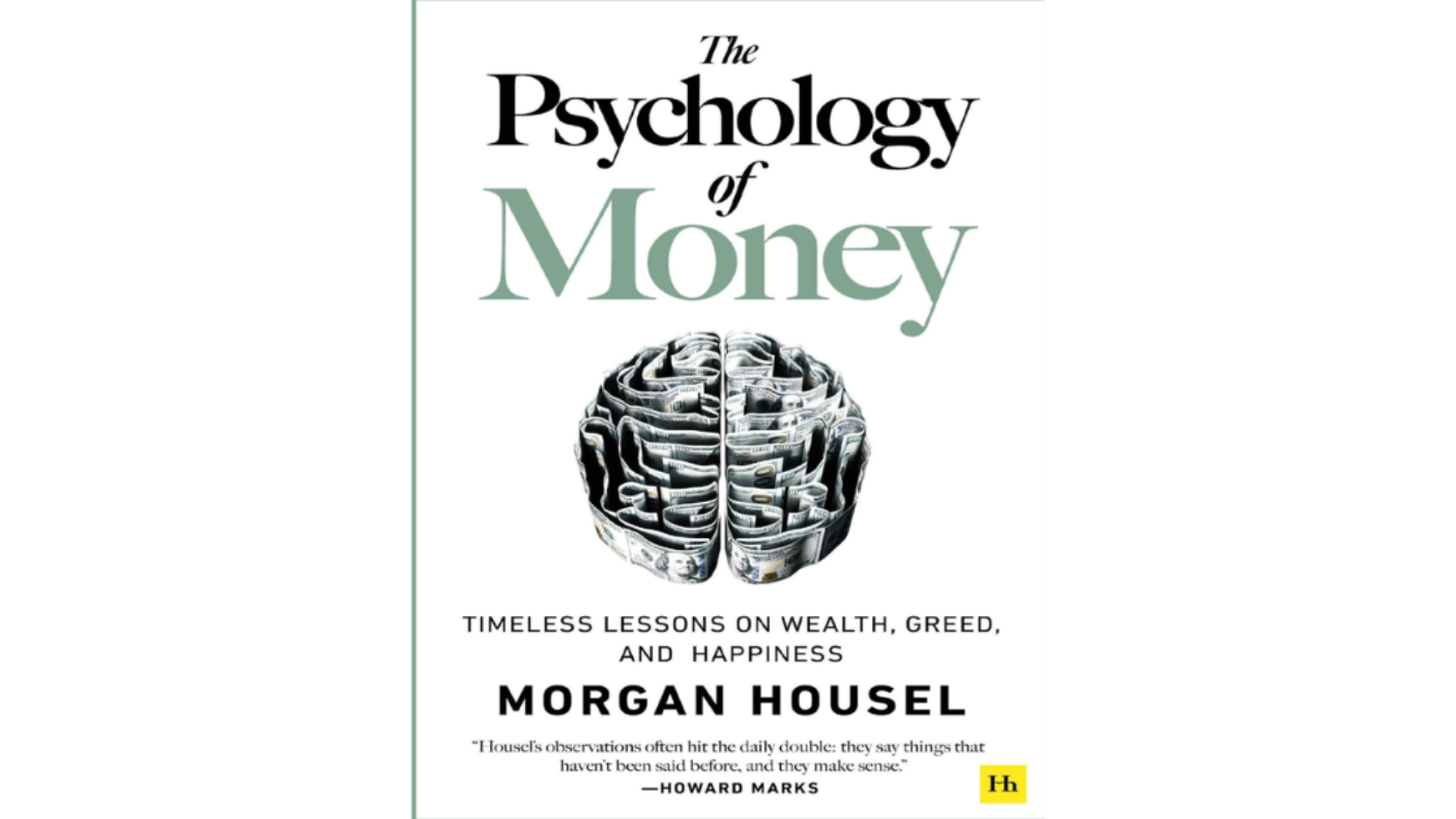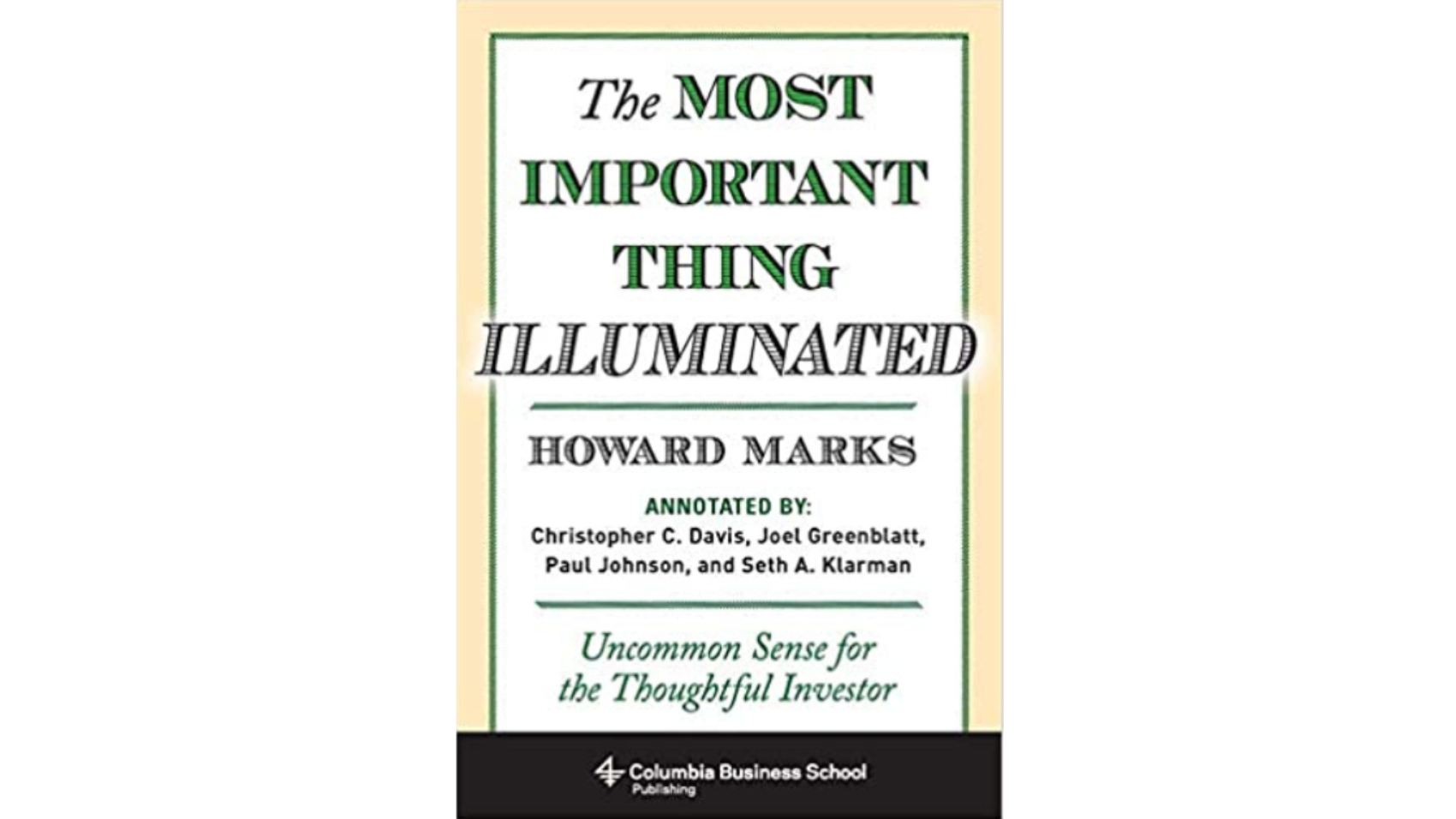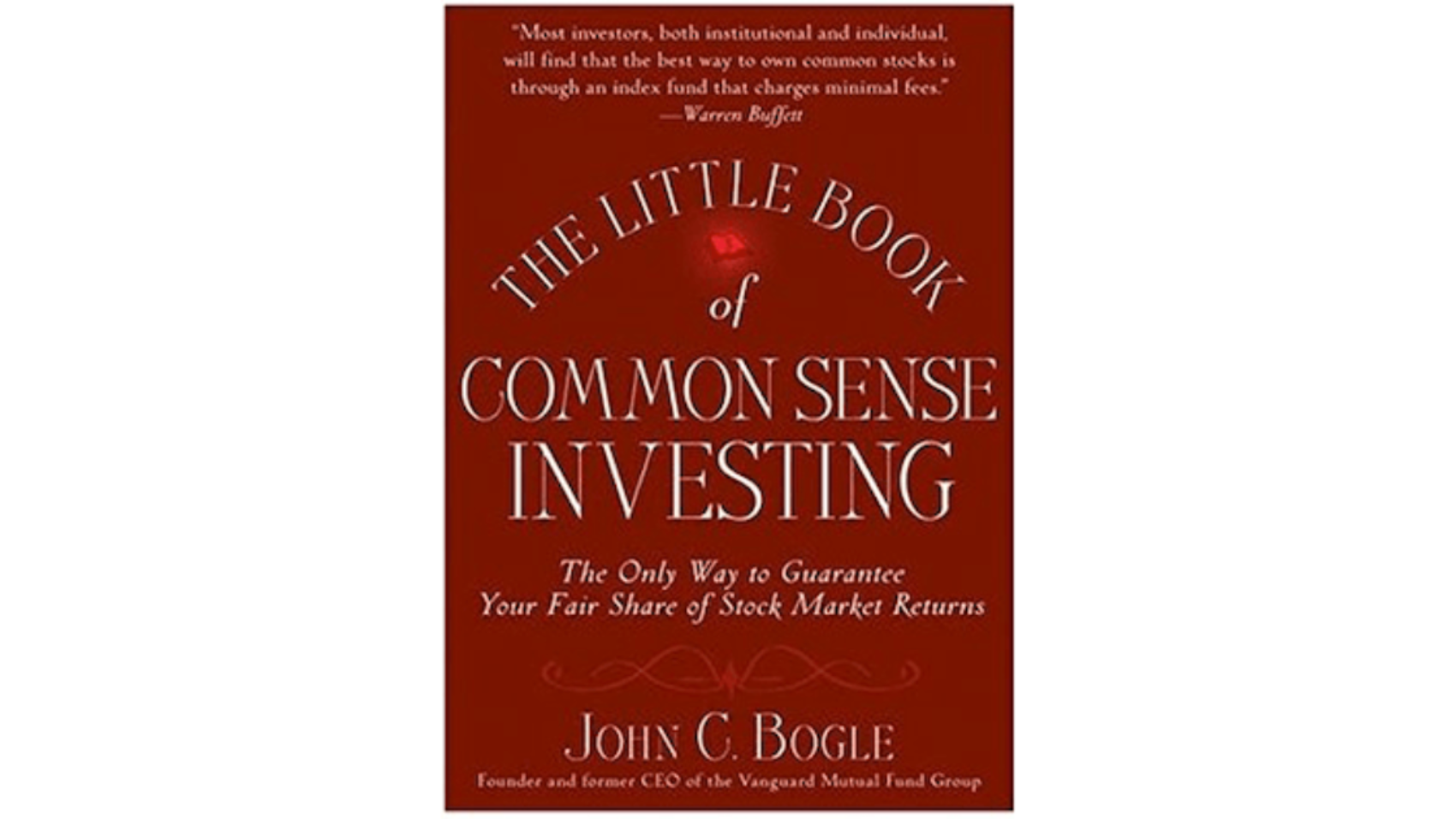Joel Greenblatt’s book “You Can Be a Stock Market Genius: Uncover the Secret Hiding Places of Stock Market Profits” intends to inform readers about novel investment approaches and chances that can result in stock market gains. The book’s synopsis is as follows:
The first chapter of the book introduces the idea of investing in exceptional conditions, where investors can find untapped potential in particular market circumstances. Joel Greenblatt demonstrates that by concentrating on unique investing opportunities that are frequently disregarded by the wider market, regular investors can accomplish spectacular outcomes.
Spin-offs, mergers, bankruptcies, restructurings, rights offers, and other company events that produce special investment possibilities are some of the investment methods that Greenblatt examines. To demonstrate how these tactics can be used to find inexpensive stocks and produce significant returns, he offers examples and case studies.
The book also emphasises the value of undertaking in-depth study and analysis, including analysing management teams, comprehending financial statements, and identifying competitive advantages. Greenblatt places a strong emphasis on the value of an organised, patient investing strategy as well as the necessity of risk management.
The book “You Can Be a Stock Market Genius” exhorts readers to think for themselves, create their own investment hypotheses, and profit from market imperfections. It offers helpful insights and concrete guidance for spotting and taking advantage of unique investing opportunities that have the potential to produce returns above the norm.
The Book in 3 Sentences
1. Unconventional Opportunities: The book introduces readers to unique investment opportunities that are sometimes neglected by the general market, such as spin-offs, mergers, bankruptcies, and restructurings. Investors may have an exceptional opportunity to find inexpensive companies in these circumstances and make large profits.
2. Extensive Research and Analysis: According to Greenblatt, undertaking extensive research and analysis is crucial. This includes analyzing management teams, financial statements, and competitive advantages. This methodical approach supports risk management and enables investors to make well-informed investing decisions.
3. Independent Thinking and Market Inefficiencies: The book exhorts readers to think for themselves and to profit from market imperfections. Investors can outperform the market by creating their investment hypotheses and taking advantage of unique investment opportunities. These three points capture the essence of the book’s focus on unconventional opportunities, thorough research, and independent thinking to uncover stock market profits.
Impressions
The book “You Can Be a Stock Market Genius: Uncover the Secret Hiding Places of Stock Market Profits” by Joel Greenblatt has garnered several common impressions, here are some of my impressions:
1. Unconventional Investment Strategies: I appreciated the book’s emphasis on unconventional investment strategies that go beyond traditional stock picking. The focus on special situations and corporate events as potential profit opportunities provides a fresh perspective and expands understanding of investment possibilities.
2. Practical Examples and Case Studies: I can praise the book for its use of practical examples and case studies to illustrate the concepts and strategies discussed. These real-world applications are helpful in understanding how to identify and evaluate investment opportunities in different special situations.
3. Insights into Value Investing: Greenblatt’s book is often recognized for its alignment with value investing principles. I appreciated the emphasis on analyzing company fundamentals, assessing intrinsic value, and finding undervalued stocks. The book provides insights into the value investing mindset and how it can be applied to special situations.
4. Emphasis on Thorough Research: The book underscores the importance of conducting thorough research and analysis. I appreciated the emphasis on understanding financial statements, evaluating management teams, and assessing competitive advantages. This focus on diligent research resonates with those seeking a disciplined approach to investing.
5. Encouragement of Independent Thinking: I appreciated the book’s encouragement of independent thinking and challenging conventional wisdom. Greenblatt inspires readers to think outside the box and look for investment opportunities where others may not be paying attention, highlighting the potential for uncovering hidden gems in the market.
How I Discovered It
“You Can Be a Stock Market Genius: Uncover the Secret Hiding Places of Stock Market Profits” by Joel Greenblatt is typically discovered through various channels. I knew Joel Greenblatt is a well-known investor and author, particularly acclaimed for his book “The Little Book That Beats the Market.” So I decided to read more of his recommended material.
Who Should Read It?
“You Can Be a Stock Market Genius: Uncover the Secret Hiding Places of Stock Market Profits” by Joel Greenblatt is recommended for a specific audience with an interest in investing and seeking to expand their knowledge and strategies. Here are the types of readers who may find value in reading this book:
1. Intermediate and Advanced Investors: The book delves into unconventional investment strategies and special situations that may require a certain level of understanding of the stock market and investing principles. People with some investment experience will likely benefit the most from the insights and concepts presented.
2. Value Investors: The book aligns with the principles of value investing, focusing on identifying undervalued stocks and special investment situations. Individuals with an inclination towards value-oriented strategies, fundamental analysis, and a long-term investment mindset will find relevance in the book’s content.
3. Active and Discerning Investors: This book appeals to investors who are proactive in their research and decision-making processes. It encourages readers to go beyond traditional stock picking and explore overlooked investment opportunities. Those who enjoy conducting thorough analysis and are willing to put in the effort to uncover hidden gems will appreciate the book’s approach.
4. Self-Directed Investors: The book is particularly beneficial for individuals who manage their own investment portfolios and are looking to broaden their investment toolkit. People who prefer taking control of their financial decisions and seeking opportunities beyond mainstream investments can gain valuable insights from this book.
5. Investors Interested in Special Situations: Those intrigued by special investment situations, such as spin-offs, mergers, bankruptcies, and restructurings, will find the book highly relevant. It provides guidance on how to evaluate and capitalize on these unique opportunities in the stock market.
How the Book Changed Me
After reading “You Can Be a Stock Market Genius: Uncover the Secret Hiding Places of Stock Market Profits” by Joel Greenblatt, I experienced several changes in my investment approach and mindset. Here are some of the changes I underwent:
Expanded Investment Strategies: I broaden my investment strategies beyond traditional approaches. The book introduces unconventional investment opportunities and special situations, encouraging me to think creatively and explore overlooked areas of the market. This expanded perspective lead to a more diversified and opportunistic investment approach.
Focus on Thorough Research: The book emphasizes the importance of conducting thorough research and analysis before making investment decisions. I become more diligent in evaluating company fundamentals, financial statements, and management teams.
Value-Oriented Mindset: The principles of value investing presented in the book influenced me to adopt a value-oriented mindset. I prioritized identifying undervalued stocks and investment opportunities that offer a margin of safety. This shift in mindset can lead to a long-term perspective and a focus on fundamental value rather than short-term market fluctuations.
Emphasis on Special Situations: I developed a keen eye for special situations and corporate events that can create investment opportunities. I actively seek out spin-offs, mergers, bankruptcies, and other unique situations to uncover undervalued stocks. This increased awareness and focus on special situations has become a core part of my investment strategy.
My Top Quotes
Here are a few notable quotes often associated with the concepts presented in the book:
1. “Investing is most intelligent when it is most businesslike.” – Benjamin Graham (often referenced in the book as it emphasizes the importance of treating investing as a business endeavor and focusing on the fundamentals of companies)
2. “Investing should be more like watching paint dry or watching grass grow. If you want excitement, take $800 and go to Las Vegas.” – Paul Samuelson (highlighting the importance of patience and a long-term perspective in investing rather than seeking short-term thrills)
3. “The stock market is filled with individuals who know the price of everything, but the value of nothing.” – Philip Fisher (emphasizing the distinction between price and value, and the importance of assessing the intrinsic worth of investments)
4. “Investing is not a game where the guy with the 160 IQ beats the guy with the 130 IQ. Once you have ordinary intelligence, what you need is the temperament to control the urges that get other people into trouble in investing.” – Warren Buffett (highlighting the significance of temperament and emotional control in successful investing)
5. “The stock market is a no-called-strike game. You don’t have to swing at everything – you can wait for your pitch.” – Warren Buffett (emphasizing the importance of selective investing and waiting for the right opportunities)
These quotes, although not directly from the book, align with the principles and mindset discussed by Joel Greenblatt in “You Can Be a Stock Market Genius” and reflect some of the key ideas conveyed in the book.
Detailed Notes//Key Topics
1. Special Situations: The book focuses on special investment situations that are often overlooked by the market. It delves into various corporate events such as spin-offs, mergers, restructurings, bankruptcies, and rights offerings. Readers gain insights into how these special situations can present unique opportunities for value investors.
2. Unconventional Investment Strategies: The book encourages readers to adopt unconventional investment strategies beyond traditional stock picking. It explores how investors can profit from in-depth research, understanding complex situations, and taking advantage of market inefficiencies. The author provides guidance on identifying and evaluating investment opportunities that may be hidden or underappreciated.
3. Fundamental Analysis: The book emphasizes the importance of fundamental analysis in uncovering investment opportunities. It guides readers on assessing a company’s financial statements, evaluating its competitive position, understanding industry dynamics, and analyzing management quality. The focus on fundamental analysis helps readers make informed investment decisions.
4. Margin of Safety: The concept of margin of safety is a recurring theme in the book. Greenblatt emphasizes the importance of investing with a margin of safety to protect against downside risks. The book discusses different approaches to calculating and incorporating margin of safety into investment decisions.
5. Case Studies and Examples: Throughout the book, the author provides numerous real-world case studies and examples to illustrate the concepts and strategies discussed. Readers gain practical insights into how to apply the principles to actual investment scenarios, helping them understand the implementation of the strategies.
6. Risk Management: The book covers the topic of risk management and the importance of assessing and managing risks associated with various investment situations. It highlights the need to carefully evaluate potential downsides and weigh them against potential rewards.
These key topics collectively provide readers with a comprehensive understanding of special situations, unconventional investment strategies, and the importance of thorough research and risk management in uncovering investment opportunities and generating profits in the stock market.

